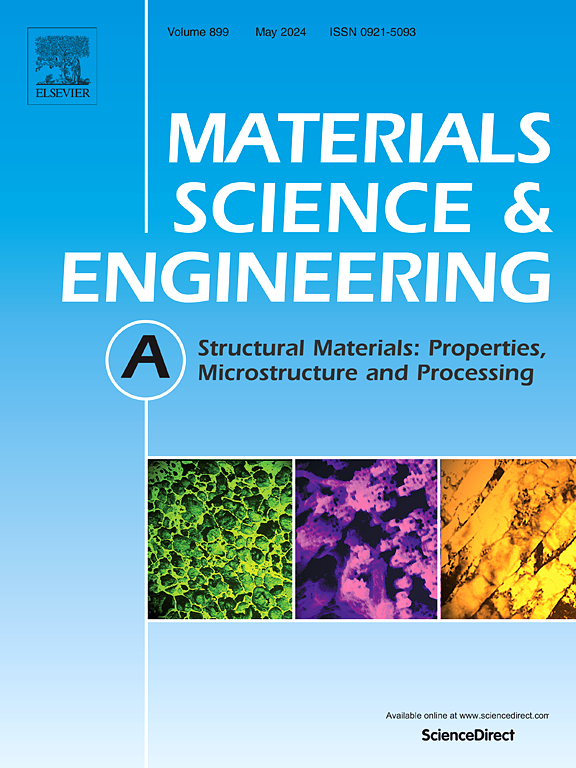Effect of substructure on the mechanical properties and deformation behavior of twinning-induced plasticity steels fabricated by laser powder bed fusion
IF 6.1
2区 材料科学
Q1 MATERIALS SCIENCE, MULTIDISCIPLINARY
引用次数: 0
Abstract
Dense dislocation entanglement and cellular structures impart unprecedented mechanical properties to materials manufactured using laser powder bed fusion (LPBF). However, the interaction between substructures, twins, and dislocations during deformation remains a topic of debate. In this study, the intrinsic strengthening mechanisms and deformation behavior of LPBF twinning-induced plasticity (TWIP) steels subjected to various heat treatment methods were thoroughly investegated. The results reveal that the high strength primarily arises from dislocation strengthening, accounting for over 50 % of the yield strength in LPBF TWIP steels. Additionally, annealing at 400 °C preserves yield strength through stabilized dislocation configurations, whereas annealing at 600 °C, 800 °C, and 1050 °C leads to a substantial attenuation in dislocation density, thereby reducing yield strength. The high density of dislocations, coupled with pre-existing stacking faults (SFs), results in significant lattice distortion. Consequently, dislocation slip is hindered, raising the twinning stress and reducing twin thickness during deformation. In contrast to the hardening effect attributed to secondary twin variants after annealing at 800 °C, the as-built materials demonstrate ongoing softening, resulting in localized plastic deformation that concentrates at grain and twin boundaries until failure occurs. Furthermore, localized dislocation cross-slip generates steps and forms Lomer-Cottrell (L-C) locks in the as-built materials. This study provides valuable insights into the underlying mechanisms influencing the strength and ductility of LPBF TWIP steels.

求助全文
约1分钟内获得全文
求助全文
来源期刊

Materials Science and Engineering: A
工程技术-材料科学:综合
CiteScore
11.50
自引率
15.60%
发文量
1811
审稿时长
31 days
期刊介绍:
Materials Science and Engineering A provides an international medium for the publication of theoretical and experimental studies related to the load-bearing capacity of materials as influenced by their basic properties, processing history, microstructure and operating environment. Appropriate submissions to Materials Science and Engineering A should include scientific and/or engineering factors which affect the microstructure - strength relationships of materials and report the changes to mechanical behavior.
 求助内容:
求助内容: 应助结果提醒方式:
应助结果提醒方式:


